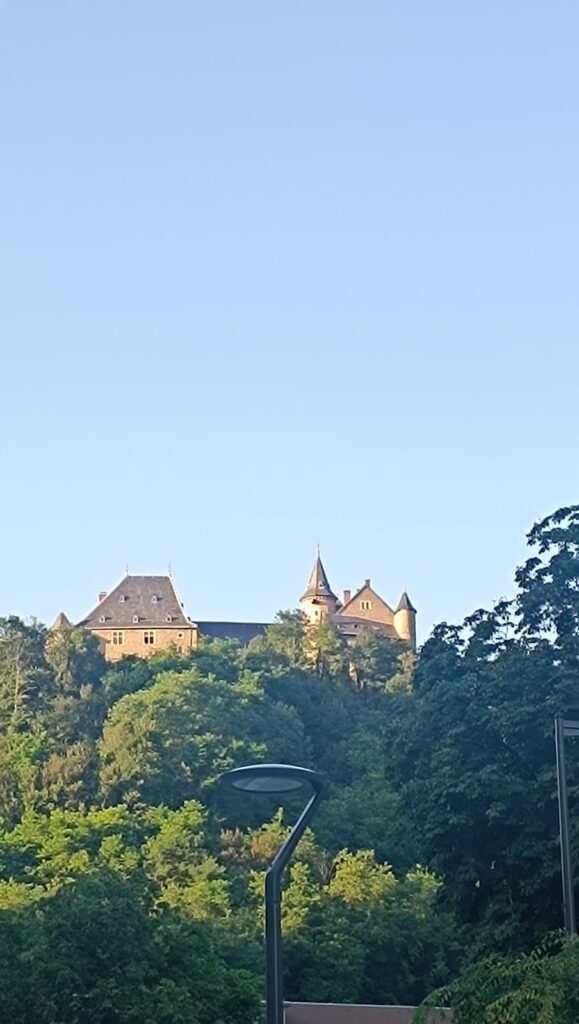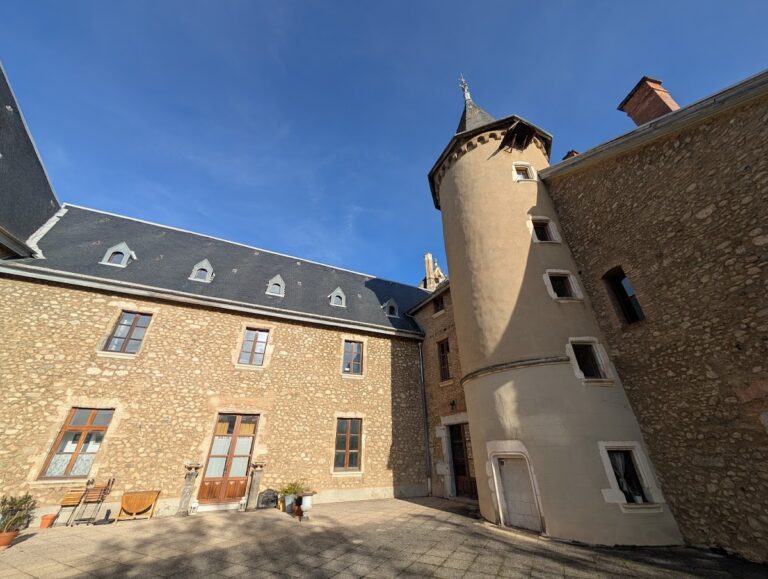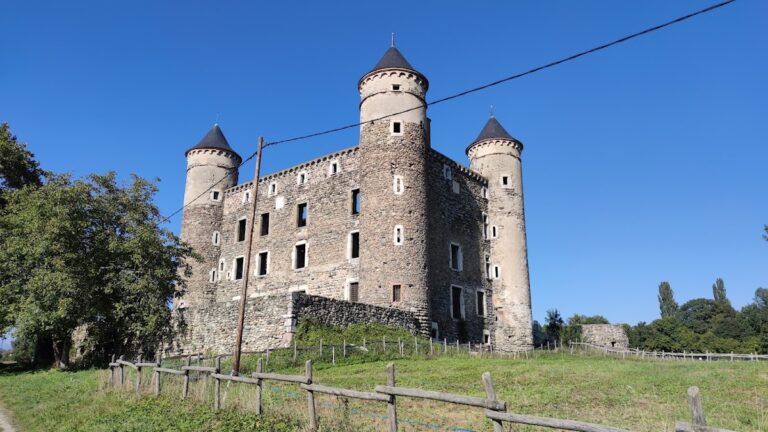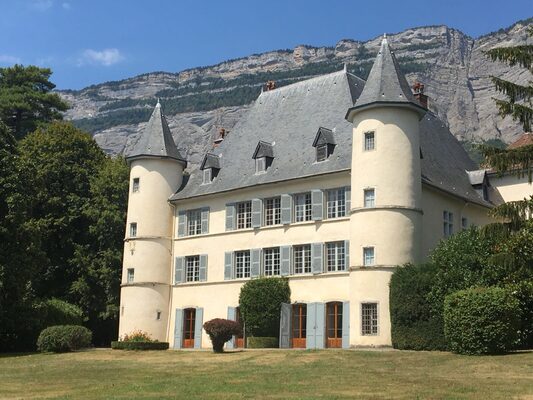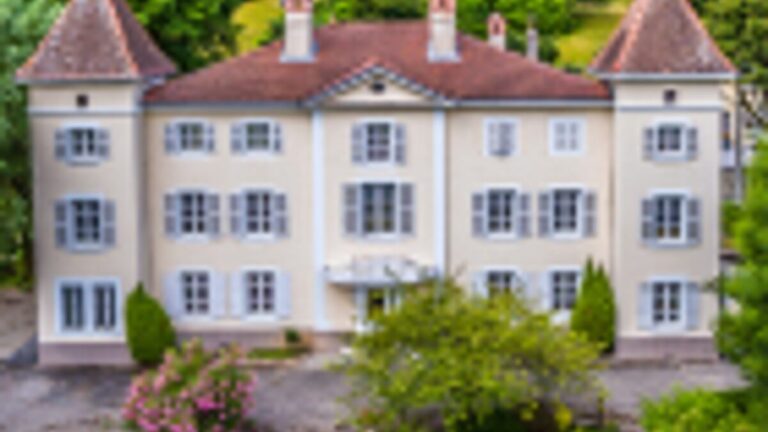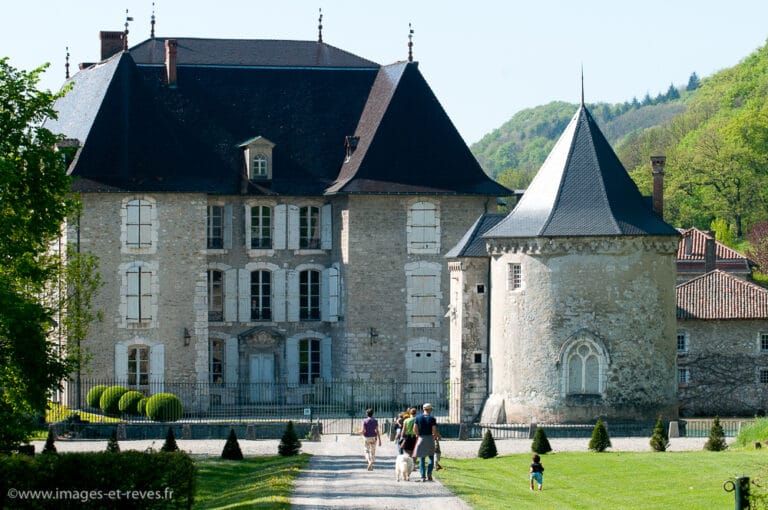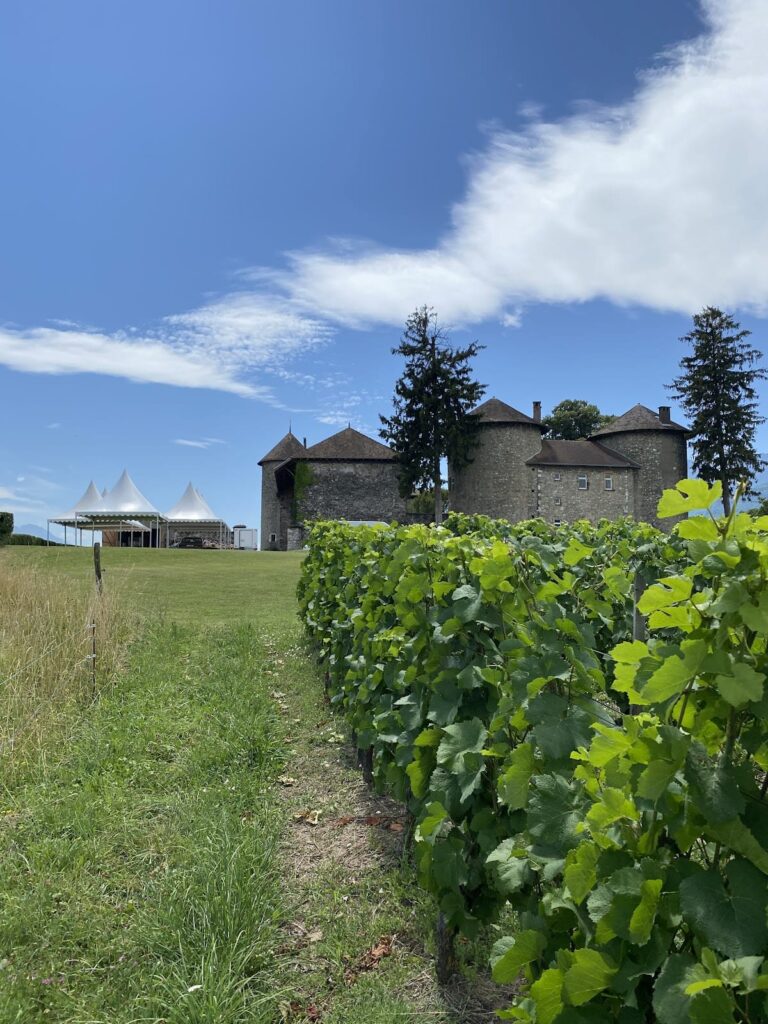Château d’Uriage: A Historic Castle Near Grenoble, France
Visitor Information
Google Rating: 4.8
Popularity: Very Low
Google Maps: View on Google Maps
Official Website: chateauduriage.wordpress.com
Country: France
Civilization: Medieval European
Remains: Military
History
The Château d’Uriage stands near Grenoble in southeastern France, atop a hill overlooking the Sonnant gorge and the valley below. Its origins trace back to the 11th century when it was first recorded in 1085 as a wooden tower or motte castrale. This early fortification belonged to the Alleman family, a powerful lineage in the Dauphiné region. The castle’s initial role was likely defensive, controlling the surrounding territory and protecting the nearby settlement.
During the 12th and 13th centuries, the wooden structure was replaced by a stone castle. This new construction included a keep and a fortified enclosure, forming what is now the western wing of the present complex. The lords of Uriage expanded their influence in the area, developing a fortified village close to the castle, which has since disappeared. This period marked the castle’s transformation into a more permanent and imposing stronghold.
In 1496, the lordship of Uriage was elevated to a barony by King Charles VIII. This honor was granted to Soffrey Alleman, the castle’s lord at the time, likely in recognition of his services to the French crown. The castle continued to serve as a noble residence and administrative center through the late medieval period.
Ownership changed hands several times in the following centuries. In 1630, Thomas Boffin acquired the castle, and in 1659 it passed by marriage to the Langon family. Later, in 1797, the Gauteron family became its owners. During the 19th century, Louis de Saint-Ferriol inherited the property and converted it into a museum, reflecting a shift from military use to cultural preservation.
In the 20th century, the castle played a role during World War II. From 1940 to 1942, the French army requisitioned it, and it housed the École Nationale des Cadres, a training school under the Vichy regime. After the war, the military retained ownership until 1968, when it was sold to a private individual. Since then, the Château d’Uriage has remained private property, with limited public access.
Remains
The Château d’Uriage is composed of three large main buildings arranged around a square courtyard. Each corner of the courtyard is marked by a round tower, with the largest tower serving as the keep, or donjon. The castle’s layout reflects medieval defensive architecture, designed to protect its inhabitants and control the surrounding landscape.
The complex includes two principal sections known as Châteauvieux and Châteauneuf. Châteauvieux dates from the 12th or 13th century and features a turret with dormer windows added in the 17th century. It has two circular towers on its western side. Châteauneuf, built in the 15th century, is more refined in style and also has two round corner towers. These two parts are connected by the François Ier Gallery, a large gallery and terrace constructed in the 16th century.
The castle’s construction primarily uses stone, typical of medieval fortifications in the region. While specific decorative details are not extensively documented, the castle underwent significant remodeling during the 15th and 19th centuries. Some architectural elements from the original 11th-century Alleman construction likely survive within the structure.
Among the notable features is an Orangerie, a large ground-floor room within the castle. The façades, roofs, and this room have been protected as historic monuments since 1990, reflecting their cultural and architectural value. The castle remains in good condition, with preservation efforts ensuring its structural integrity.
Today, the Château d’Uriage is private property and not generally open to the public. Its archives are preserved at the Departmental Archives of Isère, safeguarding its historical records for research and study.

